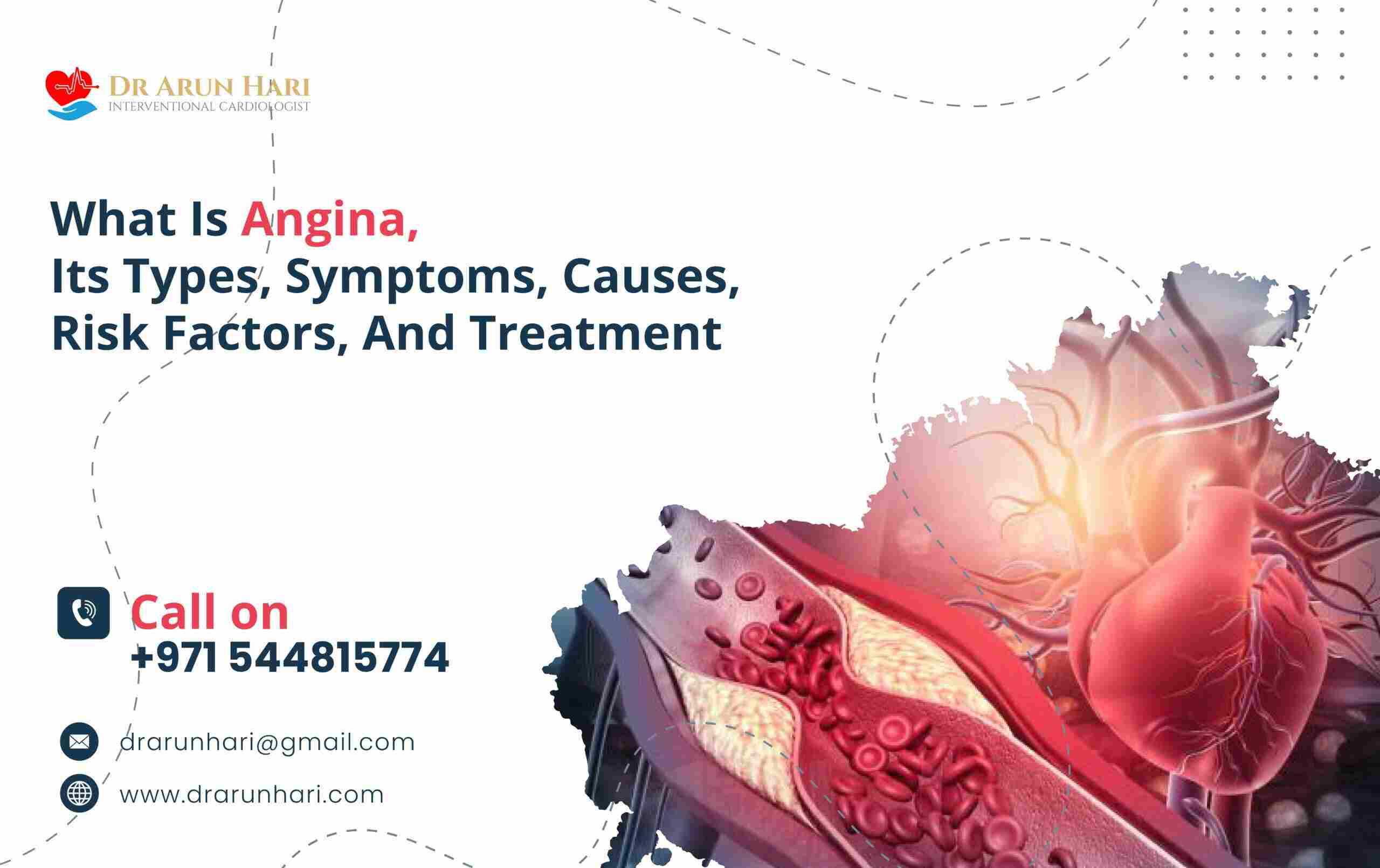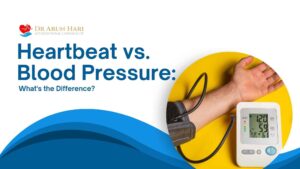What is Angina Pain
It is a medical condition that describes the chest pain, or discomfort that occurs when the heart muscles fail to receive enough oxygen-rich blood. It may feel like pressure or a squeezing sensation in your chest. The discomfort or pain can also affect your jaws, neck, shoulders, arms, and your back. When you start experiencing this type of angina pain symptom, you should take it as a preliminary alert that there is something wrong with your heart, and that which needs your immediate attention. An underlying blockage or the beginning of a heart disease such CAD may be the underlying cause for such type of pain symptomatology. Though it resolves quickly, it warns you of a severe life-threatening heart condition which needs prompt treatment to avoid a cardiac arrest, or heart attack.
Types of Angina
This pain can be categorized into two types namely stable angina pain and unstable angina. Stable angina is the most common type, and that which usually happens during physical activity or during an emotionally stressful situation. It often seems to get better with a period of rest. Unstable angina is more serious as it can happen even when you’re at rest, and requires immediate attention by an expert cardiologist.
Symptoms & Causes!
The symptoms can vary from person to person. Some people only experience mild discomfort, while others may experience more severe chest pain. Other common symptoms include shortness of breath, dizziness, lightheadedness, and nausea. There are several things that can lead to angina, but the most common cause is coronary artery disease. This is a condition where the arteries that supply blood to the heart muscles become narrowed or blocked. Other risk factors for angina include diabetes, high blood pressure, high cholesterol, smoking, and not getting enough exercise. Other less common causes of angina pain include:
- Pulmonary embolism or blockage of a major pulmonary artery
- Thickened or enlarged heart condition, a.k.a., hypertrophic cardiomyopathy
- Aortic stenosis
- Pericarditis or swollen outer sac of the heart
- Aortic dissection or tearing of the main artery called aorta
Treatment
If you think you’re experiencing angina pain, it’s important for you to see a cardiologist right away. They can perform tests to determine the cause of your symptoms and develop a comprehensive treatment plan. The various tests that can be ordered will include:
- EKG
- Stress or exercise tolerance test
- Imaging tests to include chest x-rays, CT scan, and even an MRI
- Interventional/diagnostic procedure such as cardiac catheterization depending on your performance on the above tests
- Angiography using a contrast dye to enhance the images of your heart and arteries
Dr. Arun – An Expert Interventional Cardiologist That You Can Consult For Keeping Your Heart Healthy!
Treatment for angina typically includes lifestyle changes, medication, and, in some cases, surgery. Making lifestyle changes, such as exercising and eating a healthy diet, can help reduce your risk of angina. If you wish to seek expert help with your angina symptoms, you can contact Dr. Arun who highly experienced in interventional cardiology in India to help you with all your queries or concerns related to your heart condition.





